Here are fascinating facts about black holes, covering everything from basic concepts to mind-blowing phenomena:
Alright, buckle up! We’re about to take a wild ride through space and time into the world of black holes—those freaky, powerful, and completely mind-blowing cosmic beasts that have captured the imagination of scientists, sci-fi lovers, and curious stargazers for decades. If you’ve ever wondered what happens when gravity goes into beast mode, black holes are your answer.
So, What Is a Black Hole Anyway?
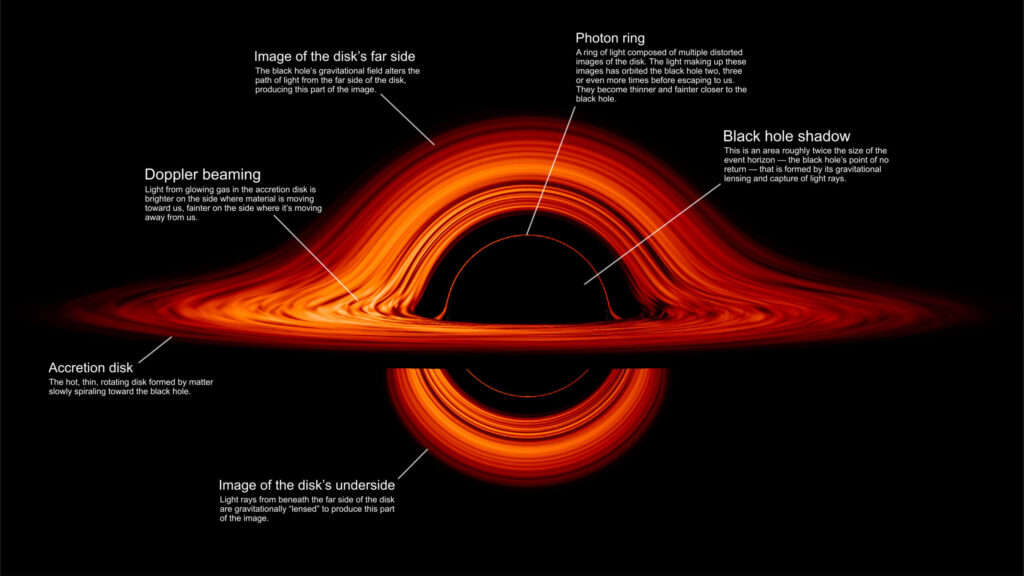
Let’s start simple. A black hole is an area in space where gravity is so strong that nothing—not even light—can escape from it. That’s right. Not. Even. Light. Which is why they’re called “black.” You literally can’t see them. They’re like the ninjas of the cosmos.
But how do they form?
Most black holes are born when massive stars die. During their life, these stars burn fuel in their core, creating a balance between gravity (pulling in) and pressure (pushing out). But when the fuel runs out, the star collapses under its own gravity. If it’s big enough, this collapse creates a black hole—a region with infinite density and zero chill.
This scary-sounding core is called a singularity, and it’s surrounded by something called the event horizon—the point of no return. Once something crosses the event horizon, it’s gone. Forever. Bye-bye.
Different Types of Black Holes
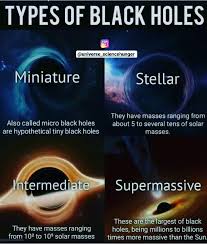
Not all black holes are the same. In fact, they come in different sizes and styles. Let’s meet the crew:
1. Stellar-Mass Black Holes
These are the most common ones. They’re formed when massive stars go supernova and collapse in on themselves. They can be anywhere from 5 to 100 times the mass of our Sun. Think of them as the “regular-sized” black holes—still terrifying, but not universe-shattering.
2. Supermassive Black Holes
Now we’re talking. These monsters live in the centers of galaxies and can weigh millions to billions of times more than our Sun. Our very own Milky Way has one at the center, called Sagittarius A*. (Don’t worry—it’s not coming for us. Probably.)
No one’s exactly sure how these giants form. Some scientists think they start small and grow by eating stars and merging with other black holes. Others think they’ve been there since the beginning of the universe. Either way, they’re the real bosses of the galaxy.
3. Intermediate Black Holes
These are kind of the “missing link” of black holes. Not too small, not too big—just hanging out in the middle. Scientists are still hunting for solid proof that they exist, but we’ve found a few good suspects.
4. Primordial Black Holes
Now this is where things get weird. These are theoretical black holes that might have formed right after the Big Bang. If they exist, they could be as small as an atom but with the mass of a mountain. Yeah, space is strange like that.
Can You See a Black Hole?
Nope. Not directly. Since black holes don’t emit light, we can’t just point a telescope and snap a selfie. But we can see their effects.
If a black hole is eating a star or some gas, the material gets superheated and starts spinning around the black hole in a glowing, spiraling disc called an accretion disk. That’s the stuff we can see—bright, energetic, and usually screaming “Help, I’m being eaten!”
Also, we can detect how black holes warp space and time (yes, that’s a real thing), and we can even hear the gravitational waves they make when they collide. Think of it as cosmic bass drops.
The First Picture of a Black Hole (A.K.A. The “Donut”)
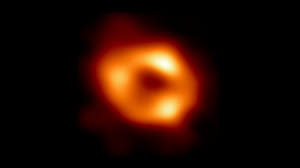
In 2019, the world geeked out over the first-ever image of a black hole, taken by the Event Horizon Telescope. The blurry, fiery-orange “donut” image was of a supermassive black hole in a galaxy 55 million light-years away called M87.
It wasn’t a crystal-clear photo, but it was a huge milestone in science. Imagine trying to take a photo of an orange on the Moon from Earth—that’s the level of precision we’re talking about here.
What Happens If You Fall In?
Let’s say, just for fun, you fall into a black hole. (Don’t worry, this is purely hypothetical—unless you’re planning an interstellar road trip.)
Once you cross the event horizon, you’d experience what scientists call spaghettification. Yeah, it’s as gross as it sounds. Basically, the gravity pulls harder on your feet than your head (or vice versa), stretching you out like spaghetti.
From the outside, though, something weird happens. People watching you would see you slow down, your movements stretch, and then just… freeze at the edge. You’d never actually appear to fall in. Time gets totally warped near a black hole. Freaky, right?
Time Travel, Wormholes & Sci-Fi Dreams
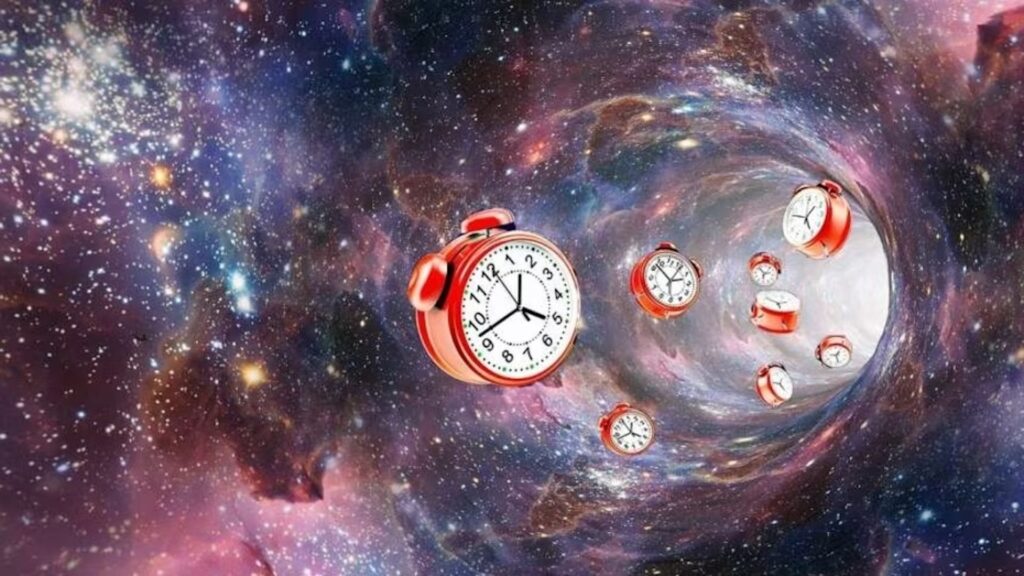
Black holes are a favorite in science fiction—and for good reason.
Because of how they warp space and time, scientists have speculated that black holes might be connected to wormholes—shortcuts through space-time. Some theories even say they might allow for time travel or access to parallel universes.
No proof yet, but hey, it’s fun to dream. And if movies like Interstellar and The Black Hole have taught us anything, it’s that black holes are excellent material for blowing minds.
Black Holes Aren’t Cosmic Vacuum Cleaners
Let’s clear up a common myth: black holes don’t just suck everything in. They’re not like giant vacuums floating through space. If the Sun were suddenly replaced by a black hole of the same mass (don’t worry—it won’t), Earth would keep orbiting just fine. Weird, but true!
You’ve gotta be really close for a black hole to pull you in. Most of the time, they’re just chilling out in their galaxies, not bothering anyone.
Are Black Holes Dangerous?
Only if you get too close. And by “close,” we mean within a few hundred thousand kilometers (depending on the black hole’s size). Most black holes are incredibly far away, and space is ridiculously huge.
So unless you’re planning a space expedition into the deep unknown, you’re safe. That said, studying black holes helps us understand some of the most extreme physics in the universe—and maybe even what happened at the very beginning of time.
Why We Love Black Holes
So why are we so obsessed with black holes? Maybe it’s because they’re mysterious. Maybe it’s because they represent the limits of our knowledge. Or maybe it’s just because they’re incredibly cool.
They challenge everything we think we know about gravity, space, time, and reality itself. They’re like nature’s ultimate “you thought you understood the universe? Think again!” moments.
Final Thoughts
Black holes are scary, fascinating, and endlessly puzzling. They remind us how small we are, how little we truly understand, and how much there’s still left to explore.
Whether you’re a budding astrophysicist, a sci-fi junkie, or just someone who likes staring at the night sky and wondering what’s out there—black holes are a thrilling part of the cosmic puzzle.
So next time you sip your coffee, look up, and remember: somewhere out there, a black hole is silently spinning, bending space-time, and swallowing stars for breakfast.
And honestly? That’s kind of awesome.














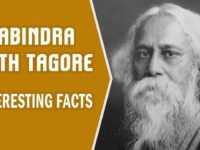



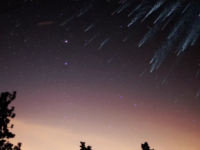




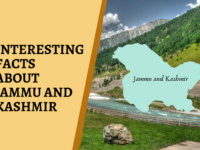



























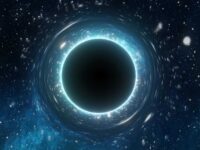




















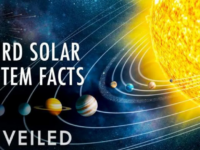









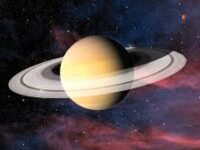















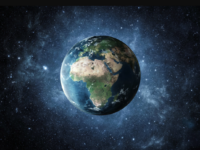





0 Comments